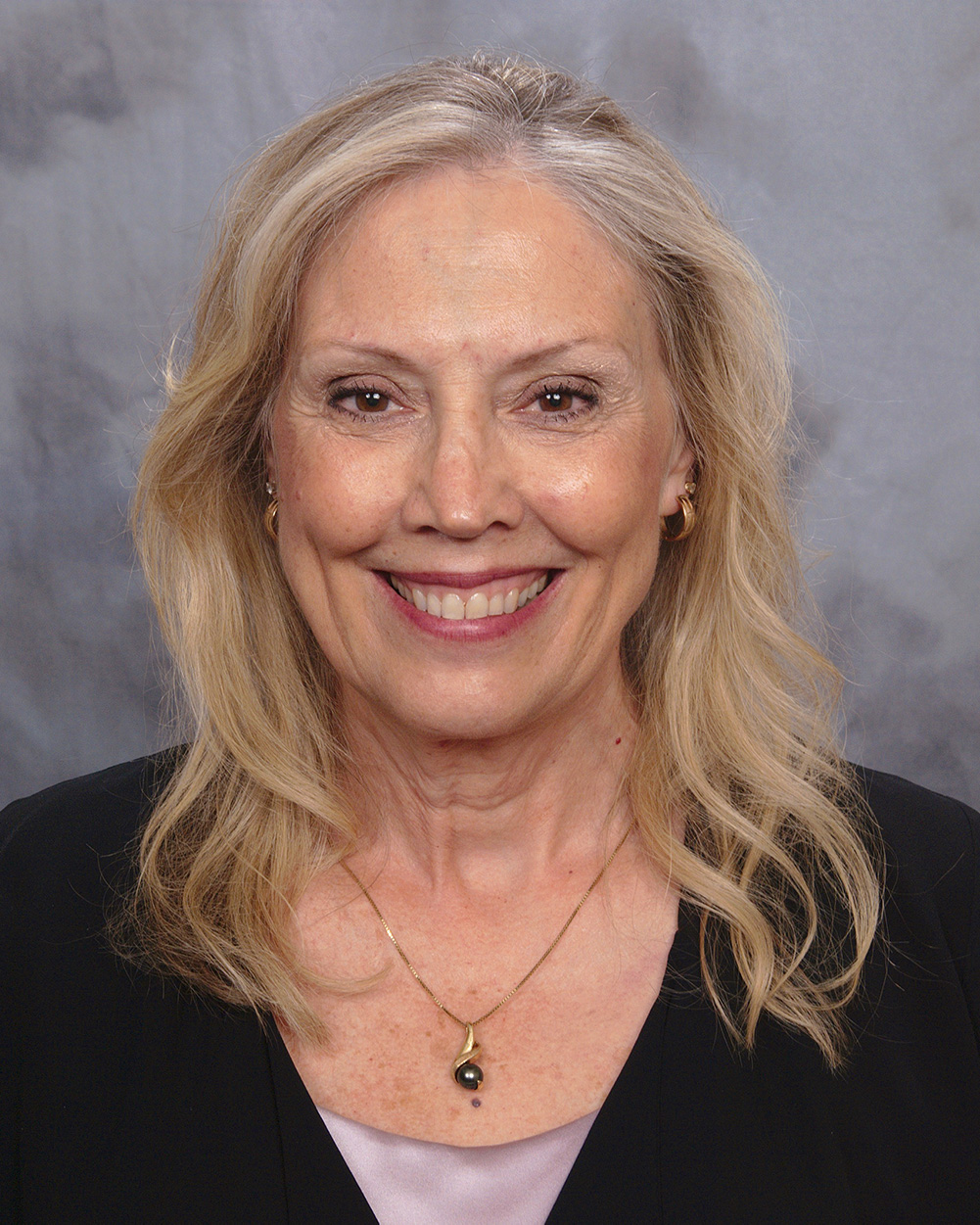 One of the strengths of Samaritan is that we are available to help people in an ongoing way with the problems that inevitably arise in life. Created in 1960, with therapists who stay with us for 10, 20, and 30 years, we serve families in a variety of ways—often beginning with individual or couples therapy, sometimes including additional family members, and when it’s indicated, referring them to another therapist with specific expertise. Clients sometimes come with a specific issue that is resolved in a few sessions, but frequently they find that the issues are more complicated and they engage in deeper, longer-term work.
One of the strengths of Samaritan is that we are available to help people in an ongoing way with the problems that inevitably arise in life. Created in 1960, with therapists who stay with us for 10, 20, and 30 years, we serve families in a variety of ways—often beginning with individual or couples therapy, sometimes including additional family members, and when it’s indicated, referring them to another therapist with specific expertise. Clients sometimes come with a specific issue that is resolved in a few sessions, but frequently they find that the issues are more complicated and they engage in deeper, longer-term work.
An example of Samaritan as an ongoing family resource is a couple in their mid-40s who came to Samaritan for the first time 10 years ago. The problem was the “out of control” behavior of their two teenagers. They wanted to know how to set limits and provide support for their adolescents, both of whom were taking risks that could have serious long-range consequences. Their therapist helped them examine and make changes in how they were parenting and, at the same time, focused on protecting and strengthening their marital relationship.
A second round of therapy occurred when one of their aging parents needed to move from home to an assisted living facility. The loss of independence was devastating for the parent and put our clients in the position of making hard but necessary decisions while being viewed as “the bad guys.” The therapy setting created space for them to voice their grief and frustration without appearing weak or unfeeling.
Later, health issues for each of the couple coincided with the husband’s planned retirement. It brought them face to face with questions of their own mortality and an urgent need to re-think their financial expectations. Again, having a therapist who could listen deeply to their fears, bringing both her history with the family and her training in life transitions, helped them move forward. The couple pulled together their considerable resources—among them their love for each other, their strong Christian faith, their experience of meeting adversity with determination, and a soul-saving sense of humor.
The belief that both the couple and the therapist held as they worked together, once again, to find a way through very difficult circumstances is what Samaritan has always offered our community. A belief in our ability to care for one another and to create positive change.

 Life isn’t always easy to navigate or easy to understand. Samaritan Center exists to help people cope, rebound, and heal from the unexpected difficulties life can bring.
Life isn’t always easy to navigate or easy to understand. Samaritan Center exists to help people cope, rebound, and heal from the unexpected difficulties life can bring.

 These days we are all walking on water. Beneath us, supporting us, we experience not the solid ground of our once familiar lives—predictable routines, reliable institutions, and in-person engagement—but the deeply disturbing uncertainties, the chaos of this ongoing pandemic. Or worse. Some have experienced the disease firsthand, some have lost family or friends, some have lost businesses, jobs, homes, savings. Struggling to survive, fearing to go under completely, we are walking on water.
These days we are all walking on water. Beneath us, supporting us, we experience not the solid ground of our once familiar lives—predictable routines, reliable institutions, and in-person engagement—but the deeply disturbing uncertainties, the chaos of this ongoing pandemic. Or worse. Some have experienced the disease firsthand, some have lost family or friends, some have lost businesses, jobs, homes, savings. Struggling to survive, fearing to go under completely, we are walking on water.
 Dr. Heather Macdonald joins our clinical staff this spring, bringing with her a wealth of experience and depth of training. We are particularly excited to welcome her to our psychological testing and assessment program. Heather’s professional background includes working with young children, adolescents and adults in a variety of settings with a wide range of identified concerns. A licensed clinical psychologist since 2010, she has experience working with neurodevelopmental challenges, specific learning differences, complex developmental trauma, ADHD (in adults and children), and mood issues.
Dr. Heather Macdonald joins our clinical staff this spring, bringing with her a wealth of experience and depth of training. We are particularly excited to welcome her to our psychological testing and assessment program. Heather’s professional background includes working with young children, adolescents and adults in a variety of settings with a wide range of identified concerns. A licensed clinical psychologist since 2010, she has experience working with neurodevelopmental challenges, specific learning differences, complex developmental trauma, ADHD (in adults and children), and mood issues. What would it be like for you to go 72 hours without alcohol? As part of Alcohol Awareness Month, the National Council on Addiction and Drug Dependence (NCADD) has invited all Americans to abstain from alcohol the first weekend in April (5th-7th). Taking a break from alcohol can be a great way to explore what role it plays in your life, even if you would not identify as someone who struggles with alcohol use.
What would it be like for you to go 72 hours without alcohol? As part of Alcohol Awareness Month, the National Council on Addiction and Drug Dependence (NCADD) has invited all Americans to abstain from alcohol the first weekend in April (5th-7th). Taking a break from alcohol can be a great way to explore what role it plays in your life, even if you would not identify as someone who struggles with alcohol use.